In California: A Trump visit, a profiteering slumlord and a trusting tiger
President Trump arrives in the Golden State to talk Olympics and raise money. An illegally kept Bengal tiger that went viral on social media flourishes with love. And I talk with KPCC/LAist reporter Aaron Mendelson, who spent nearly a year digging into a landlord making it rich on the backs of desperate, low-income renters.
It's Arlene Martinez, charging into Tuesday with some top stories.
But first, the state's retirement system, CalPERS, sets a new record for a pension: Curtis Ishii received just shy of $419,000 in 2019, his first full year of retirement.
Want to know what your city leaders and employees are making? Search here.
In California has your daily news, features and interviews from across USA TODAY Network newsrooms and beyond. Click here to get this straight to your inbox.
Trump looks for support (and cash) in a blue state
California — with its plastic straw bans, sanctuary laws and liberal Hollywood elite — has proven to be a common target for President Donald Trump. He's revved up his base by framing the state as the embodiment of liberal excess, and he routinely takes shots at Gov. Gavin Newsom, House Speaker Nancy Pelosi and Rep. Adam Schiff, D-Burbank.
But despite his professed disdain, he hasn't stayed away. The president is returning to the Golden State this week for the fifth time since taking office, making stops in Los Angeles, Rancho Mirage and Bakersfield.
Part of his reason for visiting is cash: After receiving him tepidly in the 2016 Republican primary, California Republicans opened up their wallets wide for Trump's reelection campaign in 2019. His campaign raised $12.2 million from California contributors in 2019 — more than any Democratic candidate hoping to run against him in November 2020.
But venturing into California — which Newsom called the "most un-Trump state in America" last week on the TV program "The View" — also could help the president draw distinctions between his policy imperatives and those of his rivals.
Big cats in the news
A mountain lion attacked a 6-year-old girl while she walked in a NorCal state park, which remained closed Tuesday. The cougar fled after an adult in the group punched it.
The longtime head of the Santa Monica Mountains Conservancy has offered to reimburse property owners for losses caused by mountain lions in exchange for sparing their lives.

The young tiger was famous even before he arrived at America's Teaching Zoo in 2017. Social media posts — including one of him playing with a small dog — had tipped off Fish and Wildlife wardens that he'd been an illegal pet.
The Bengal tiger wasn't in good shape when he was rescued, but in the care and love of staff at Moorpark College, Neil has thrived. Learn more about Neil and a rare program in which students learn to train exotic animals in a hands-on setting.
His family was interned during WWII. A generation later, he leads a major police force
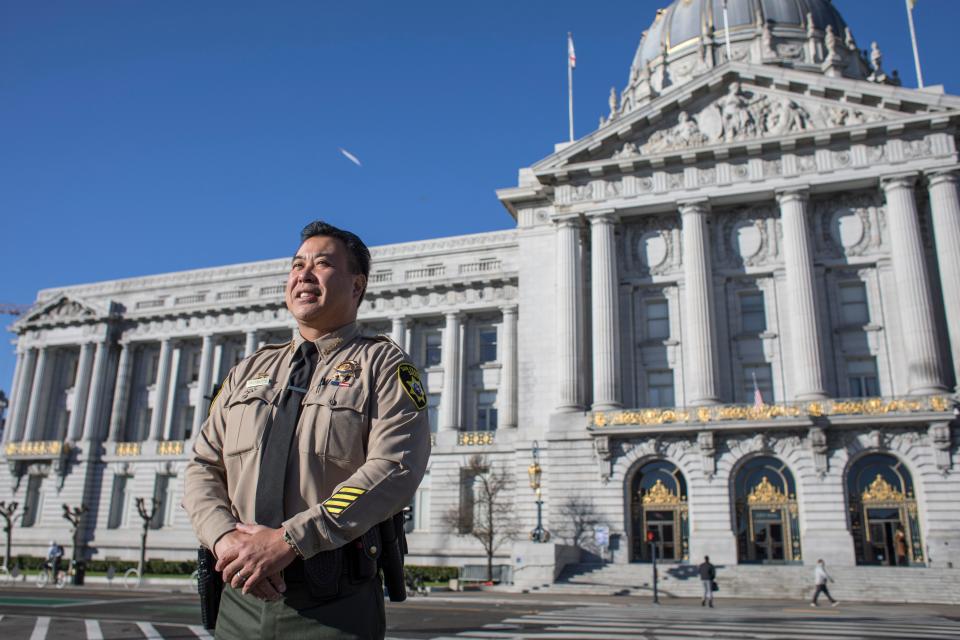
The first Asian American sheriff of a large California county walks over to a closet inside his City Hall office to stow some equipment, then takes a seat behind a large desk. He extends his arms, fingers interlaced.
“So,” Sheriff Paul Miyamoto says casually as if to imply that he isn’t sure what all the fuss is about. “What would you like to know?”
On the one hand, as the son of a Japanese American father and a Chinese American mother and the husband of a Filipino American wife, Miyamoto is well aware his election represents is likely to prove inspirational to a new generation of Asian Americans and Pacific Islanders, a broad group often referred to by the acronym AAPI.
On the other hand, as a 23-year department veteran who was sworn in last month as San Francisco County’s 37th sheriff in 150 years, Miyamoto sees his rise through the ranks simply as a result of hard work in his beloved profession.
“Being the first sheriff of my heritage (in San Francisco County) is humbling, and it gives me a sense of responsibility to be a role model,” he says. “But what I’d really like is for us to never have any more firsts. I’d like us to be on an equal footing. Hopefully, I’m a step on that path.”
Learn more about Miyamoto and his take on immigration in the Trump era in this profile with USA Today.
A cash-strapped town weighs jobs + taxes v. community opposition
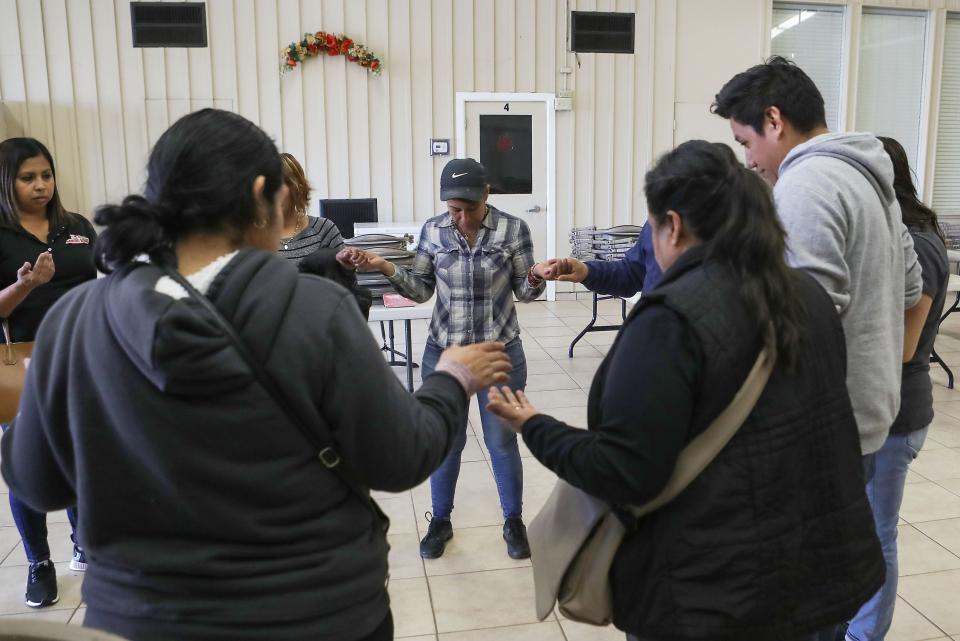
A small, cash-strapped city in the Central Valley is considering a plan to convert two state prison facilities into for-profit immigration detention centers.
The proposal is forcing local leaders to weigh the private prison company's promise to continue providing high-paying jobs, tax revenue and scholarships for the next 15 years against the outcry of the community's immigrant residents, who are concerned the facilities would lead to increased immigration enforcement, arrests and deportation.
City planners were scheduled to weigh the proposal Tuesday night.
Housing and homelessness
Housing bills that would require denser housing, and a bump when affordable units are part of the mix, are moving forward with little debate. They're just not in California.
To hit Gov. Gavin Newsom's campaign goal of 3.5 million new housing units by 2025, new builds needed to average 500,000 annually. Instead, housing went down 7% in Newsom's first year, with just 110,218 units built. Columnist Dan Walters argues though, we need to forget that number and "precisely pinpoint the impediments to construction, whatever they might be, and attack them ruthlessly."
How much does California really spend on homelessness? A San Francisco assemblyman wants a full accounting.
A state apology for WWII Japanese internment
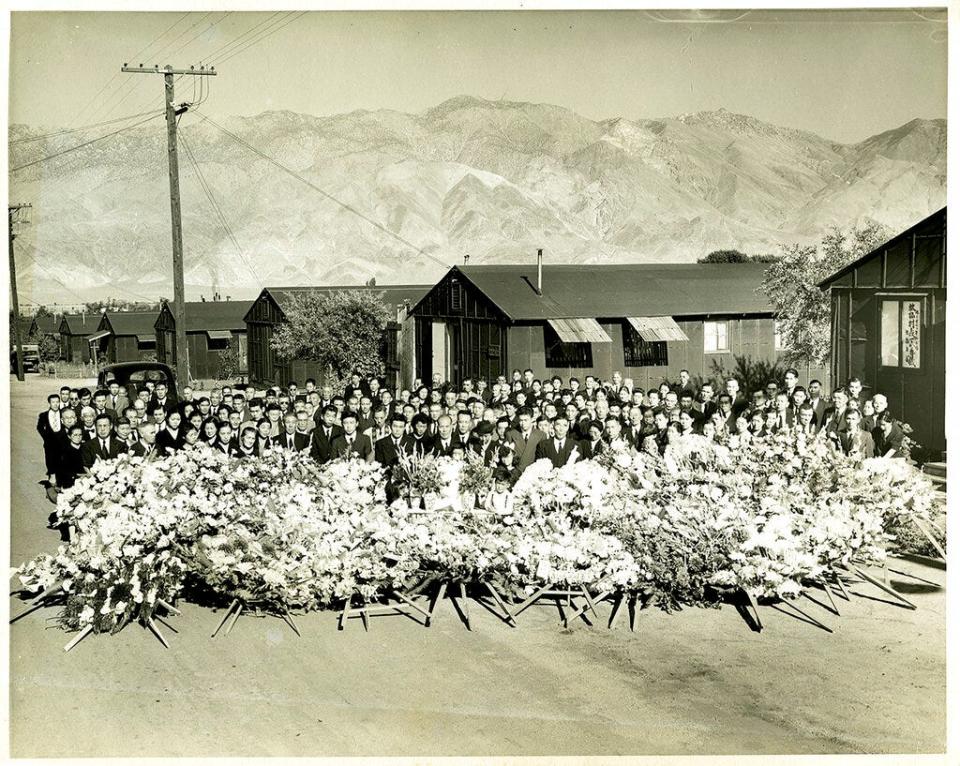
President Franklin Delano Roosevelt signed Executive Order 9066 on Feb. 19, 1942, ushering in one of the darkest eras in United States history. More than 120,000 men, women and children of Japanese descent were forced to leave their homes and businesses and were crowded into 10 concentration camps scattered across the West.
Thursday marks the 78th anniversary of the Japanese internment, a day that has come to be known as a Day of Remembrance — but this year, California lawmakers are hoping to do more than just remember.
The California Legislature is planning to pass a resolution issuing an official apology “for its past actions in support of the unjust exclusion, removal and incarceration of Japanese Americans during World War II, and for its failure to support and defend the civil rights and civil liberties of Japanese Americans during this period.”
Two of the camps were in California.
What else we're talking about
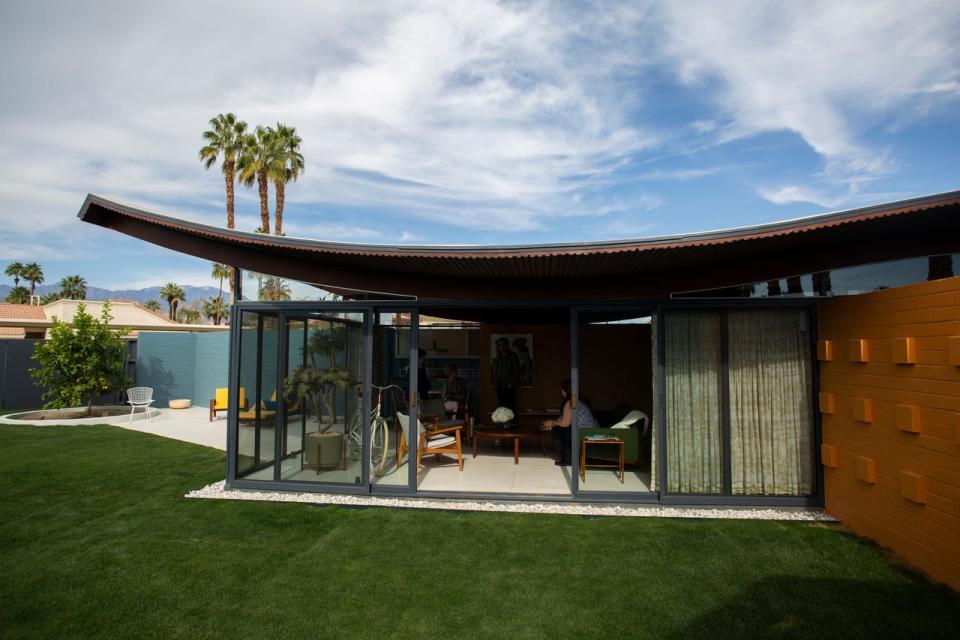
Take a look inside the Palm Desert's fully restored historic Wave House, so named for its roller coaster-style roof.
Turns out, all you have to do is tax people for not having health insurance and more people get it.
President Trump's SOTU California guest sues Walmart, arguing the Tulare location failed to secure its bullets and ammunition. Jody Jones' brother Rocky Jones was allegedly fatally shot by an undocumented immigrant who used stolen ammunition.
Two people were found dead inside a car engulfed in flames, 300 feet below a cliff on Highway 1 in Big Sur Tuesday morning.
Who's looking out for renters?
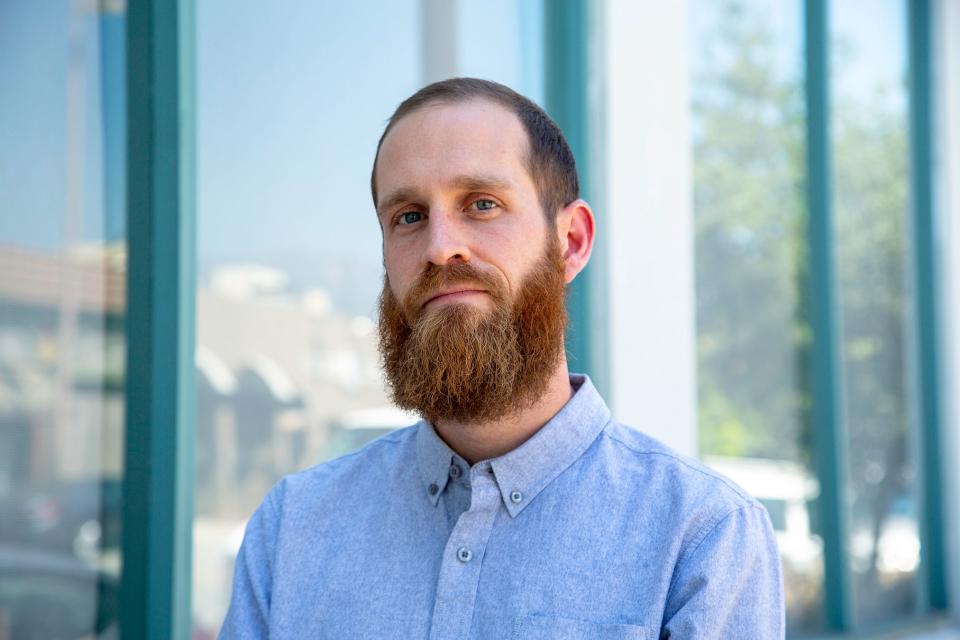
KPCC/Laist Reporter Aaron Mendelson spent months looking into Mike Nijjar, one of the state's biggest landlords who lives in one of the country's most upscale communities. His 12,000-square-foot hillside mansion in a gated community boasts six bedrooms, nine bathrooms, a waterfall, a tennis court, a reflecting pool, a screening room and a vineyard.
Many of his tenants, meanwhile are fighting off roaches, rats, bedbugs, bees, maggots and mold, all while struggling to get even minor issues fixed. And it gets worse: Some residents feel so unsafe they won't let their children outside.
I talked via email to Mendelson about his investigation and why landlords like Nijjar seem to operate with impunity.
How did you end up zeroing in on Mike Nijjar?
I was originally reporting on eviction lockouts in Southern California. I noticed that several landlords evicting tenants in San Bernardino County had very similar names — Cobra 28. No 2 and Cobra 28 No 7, for example. A little more digging revealed that many tied back to a landlord Mike Nijjar and he and his family’s property management company, PAMA Management.
That sparked a months-long reporting process, uncovering a rental empire with an estimated 16,000 units, well over a billion dollars in property, and a long record of code violations and lawsuits, and even deaths on their properties.
It’s my understanding a company can easily create an LLC for every new purchase of a building, and frequently they do. What challenges arise from this kind of system?
Creating a whole constellation of entitles is common in real estate.
But for tenants or journalists — and even governments and legislators — this reality makes it hard to connect the dots and figure out how large a given landlord really is. It’s a system that leaves us in the dark about the places we call home.
What authority do cities or counties have in forcing a “slumlord” to clean up their property?
I spoke to a number of lawyers and advocates who said that the laws on the books can be pretty toothy. The issues come with enforcement. Many jurisdictions don’t have the staff to proactively spot issues. They may rely on a complaint-based system, which can break down if tenants fear retaliation. And they may not talk to other enforcement agencies, meaning that they don’t connect the dots about bad actors in the rental market.
The lobbying industry for real estate owners and property management companies donates a ton of money to elected officials up and down the state. What impact does this have on changing how it works to better protect renters/tenants (if you think it needs to be fixed)?
You saw this with California’s Prop 10 — tenant advocates there spent substantial sums of money to loosen laws around rent control, more than $26 million.
But the landlords and the real estate industry raised vastly more, shelling out $76 million to kill the effort (PAMA contributed $12,000). Things like lobbying and campaign spending have an impact.
After our story published, donations by PAMA Management recently made in a Los Angeles City Council race became an issue in that campaign.
You talk about an ad offering a luxury purse in exchange for five evictions. It sort of feels like at some point someone forgot these were humans living in desperate situations. Do you have any insight here, on motivation? Like there’s one landlord in the Central Coast who has been cited thousands of times for the conditions at his many holdings. That one, Dario Pini, sees himself as an advocate for poor - he can keep rent low and provide affordable housing.
I can’t offer insight into anyone’s thought process, but I can tell you that being a low-income landlord is lucrative — with potentially higher margins than ritzier housing. That’s backed up by academic research and was something I heard from a number of people in my reporting. As Matthew Desmond, the Princeton Sociologist I spoke to, has written, “money made slums because slums made money.”
Dario Pini is someone whose name came up in my reporting. I also heard concerns about JD Home Rentals in the Fresno area.
It just seems with this patchwork of regulatory agencies and none seeming to have any real teeth, and the power landlords hold because they’re often super rich, there isn’t anyone really looking out for poor renters. Or is there?
There are certainly people in government and the non-profit world, as well as tenants themselves, who are asserting their rights. And there are also many low-income rentals with habitable conditions.
But it’s a tough battle in a housing crisis, when poor tenants feel like they have no other options and don’t want to lose the roof over their family’s head.
Another quote, by UCLA Law professor Gary Blasi, also stopped me: "I spent the first half of my career trying to get people out of slums, and the second half trying to get them back in." What did you take out of that quote?
I remember clearly when he said that, it was a startling thing to hear. Blasi really crystallized how dire the situation is right now: That with homelessness rising across our state, getting a family into a dilapidated apartment can count as a victory.
What was the most striking thing you learned about the housing market in reporting this story?
Just how stark the realities are for tenants at the bottom of the market. I interviewed renter Nancy Romero in San Bernardino, and asked why she stayed at a complex infested with bedbugs. “You don't want your kids to be homeless,” she told me.
I was also surprised by how PAMA Management was a big story hiding in plain sight. The pieces were all out there, but they hadn’t been put together for the public. There’s no reason to think there aren’t other landlords like PAMA across California.
Listen to more on the story on this episode of AirTalk.
In California is a roundup of news from across USA TODAY Network newsrooms. Also contributing: CityLab, Transparent California, Associated Press, Sacramento Bee.
This article originally appeared on USA TODAY: Trump, housing, homeless, immigration, Japanese internment: Tues news

